Latest

Windows that cool themselves could cut AC costs
This new high-tech window glass reflects heat and radiates excess warmth into space, slashing air conditioning energy use by up to 40%.
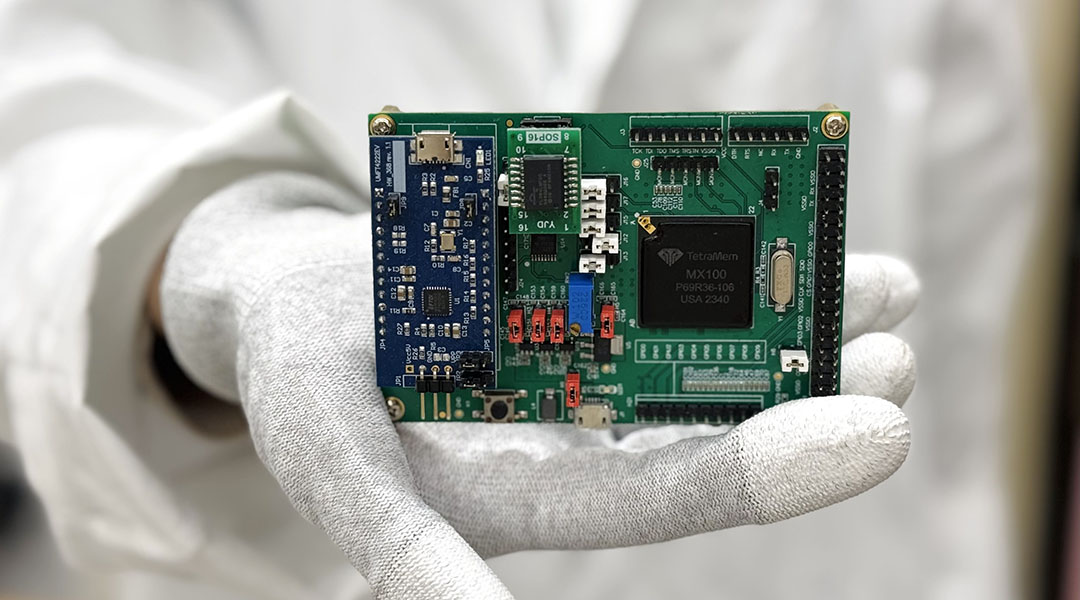
Heart attack and liver cancer early warning system powered by AI and nanotech
The system detects biomarkers for life-threatening diseases, such as heart attacks and cancer, enabling timely medical intervention.
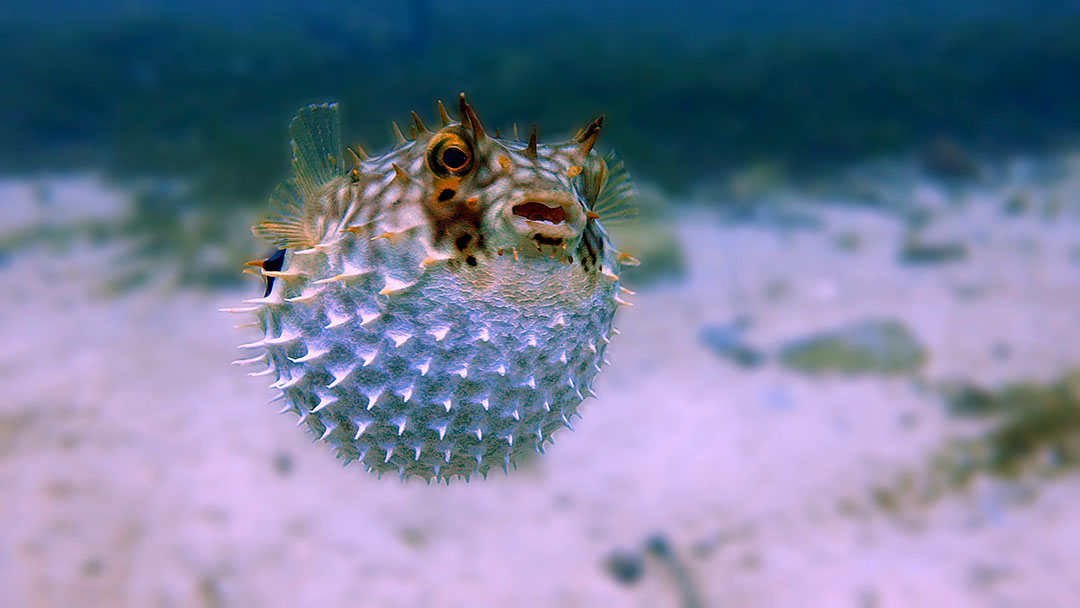
A marker pen loaded with pufferfish toxin could help treat chronic pain
Scientists have developed a marker pen to deliver tetrodotoxin, a powerful neurotoxin found in pufferfish, to treat severe skin pain.
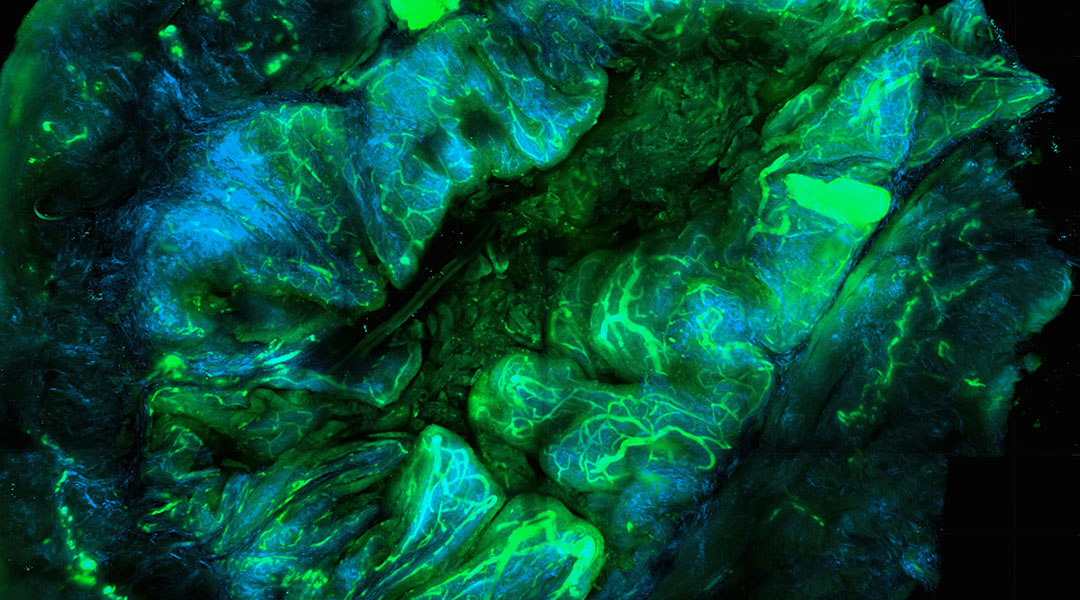
Light-activated therapy and antibiotics join forces to improve in situ cancer vaccines
Scientists integrate light therapy and antibiotics into a single platform to help the body create its own tumor vaccine.
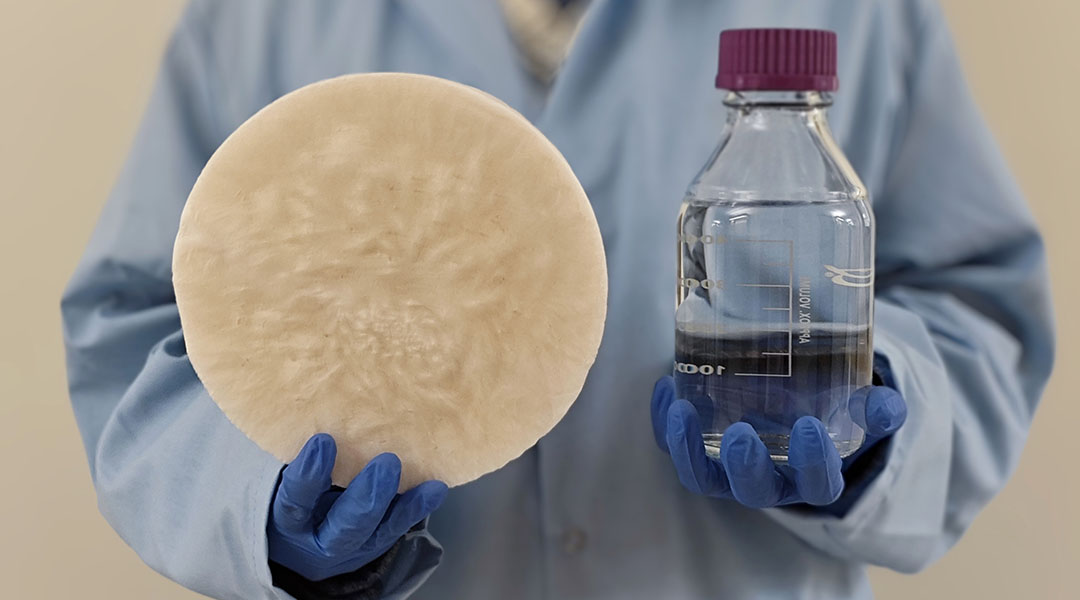
Plant-based hydrogel harvests water from air, addressing global water scarcity
A new hydrogel extracts water from the air, offering a sustainable alternative to bottled water and addressing global water shortages.
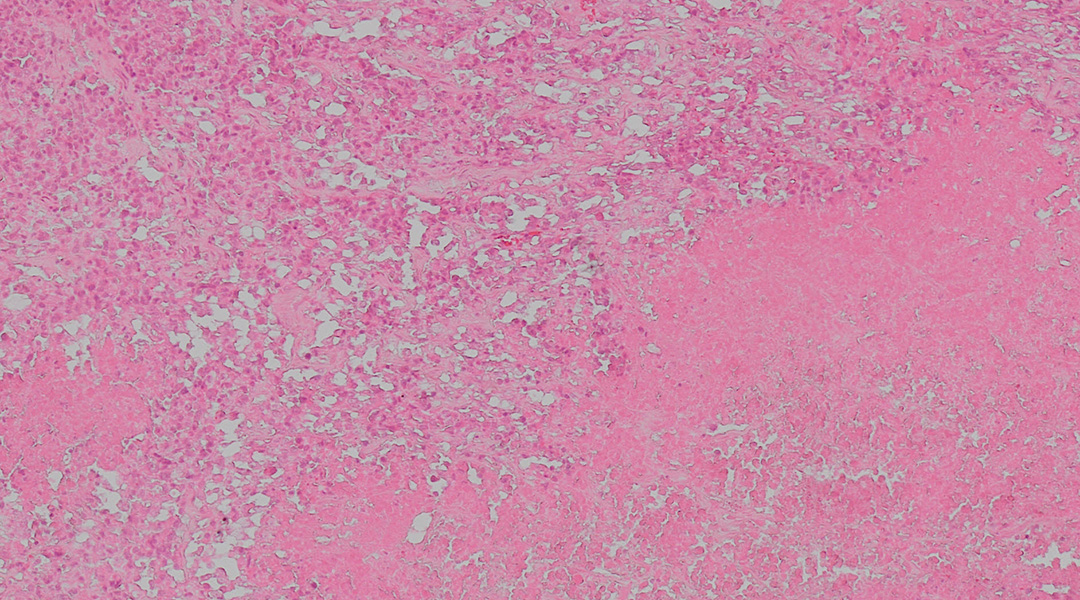
Potential new drug defeats resistant pancreatic cancer in mice
Researchers developed a laser-activated drug that targets and destroys chemotherapy-resistant pancreatic cancer cells in mice.

Calculating the true environmental costs of AI
The rapid growth of AI brings hope of unprecedented advancements in many sectors but what is its real carbon footprint?
ASN Weekly
Sign up for our weekly newsletter and receive the latest science news directly to your inbox.
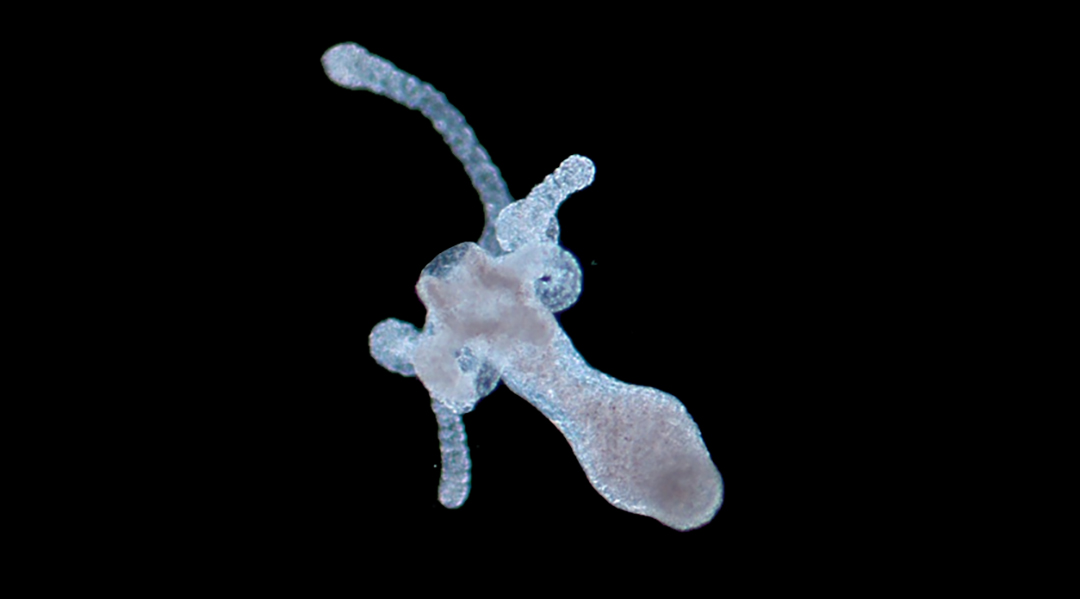
Gold nanoparticles help hydras regrow their heads
Gold nanoparticles and near-infrared light speed up regeneration and reproduction in hydras, providing insights for regenerative medicine.
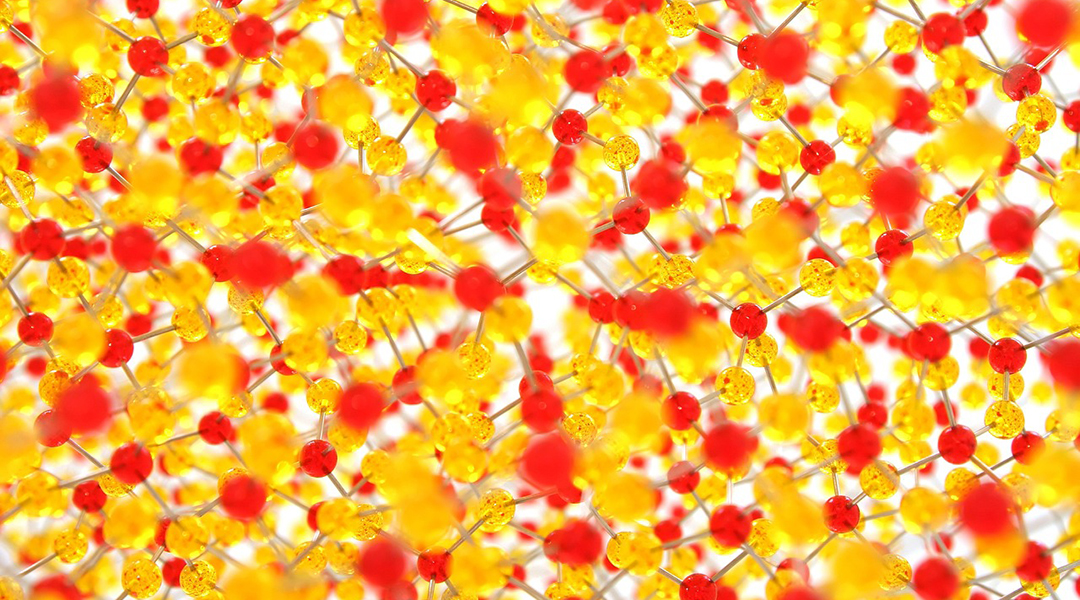
New computer solves complex problems by physically mirroring the systems it’s trying to solve
An Ising machine built on lattice defects solves problems faster than conventional computers without the drawbacks of quantum systems.
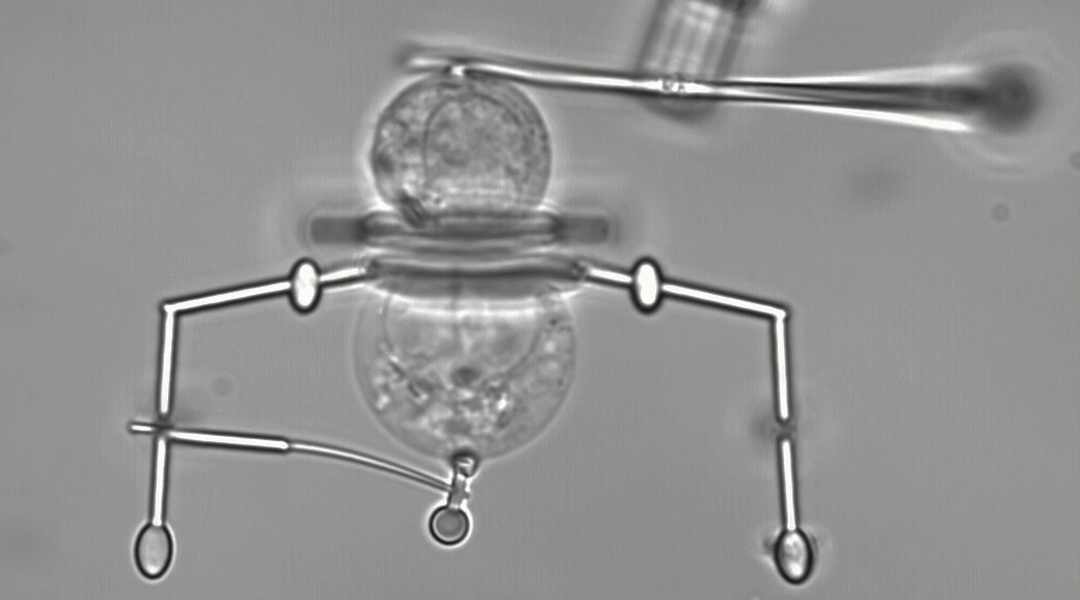
Tiny robots with a big impact: Scientists develop microrobots for single-cell handling
Fitted with nanoscale grippers, these microrobots offer new opportunities for imaging and manipulating single cells.

Woolly mammoths were inbred, but this didn’t lead to population collapse
A bottleneck event caused inbreeding in the last woolly mammoths, but scientists find this was not responsible for their demise on Wrangel Island.
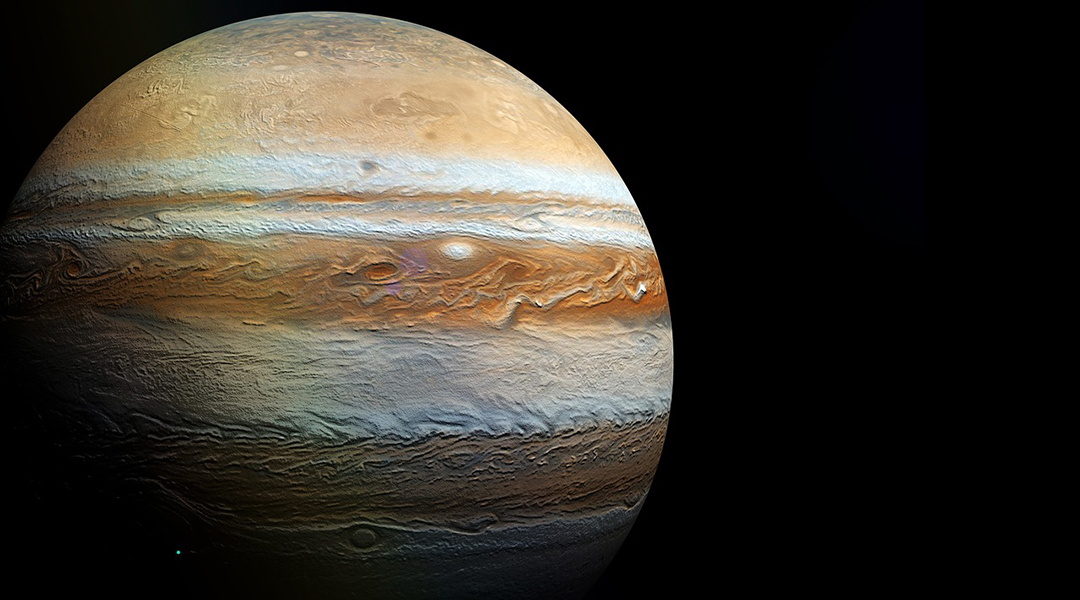
Dark matter could be lurking in Jupiter’s atmosphere
Astronomers propose that an infrared glow observed in Jupiter’s atmosphere may be dark matter particles colliding.
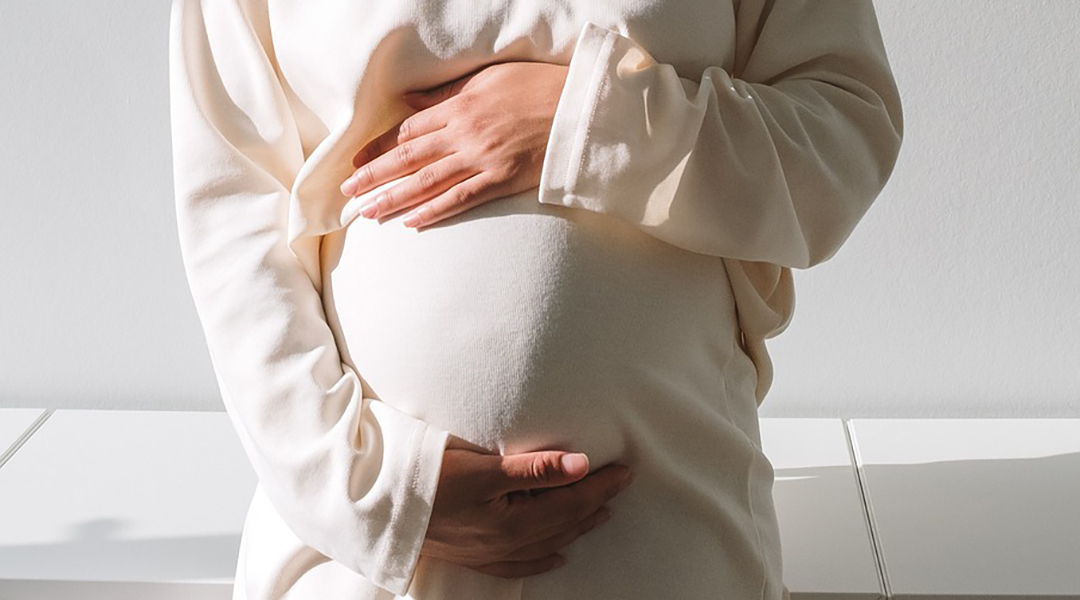
Routine test misses 70% of gestational diabetes cases
A new study urges doctors to turn to more dependable tests to prevent the development of type II diabetes in mothers and children.
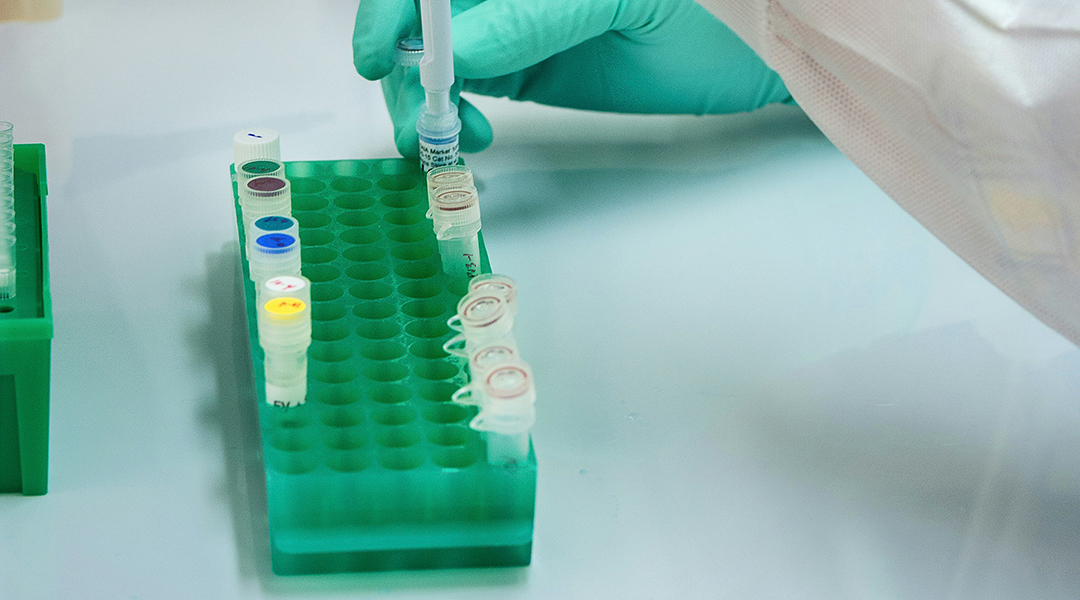
Decorated nanospheres boost chemotherapy and cut side effects
Scientists are using decorated nanoparticles to precisely target tumors with chemotherapy, effectively reducing side effects.

Anti-aging for lasers: Gallium nitride lasers get a longevity boost
Scientists have uncovered the cause of rapid degradation in powerful gallium nitride lasers and develop a solution to extend their lifespan.
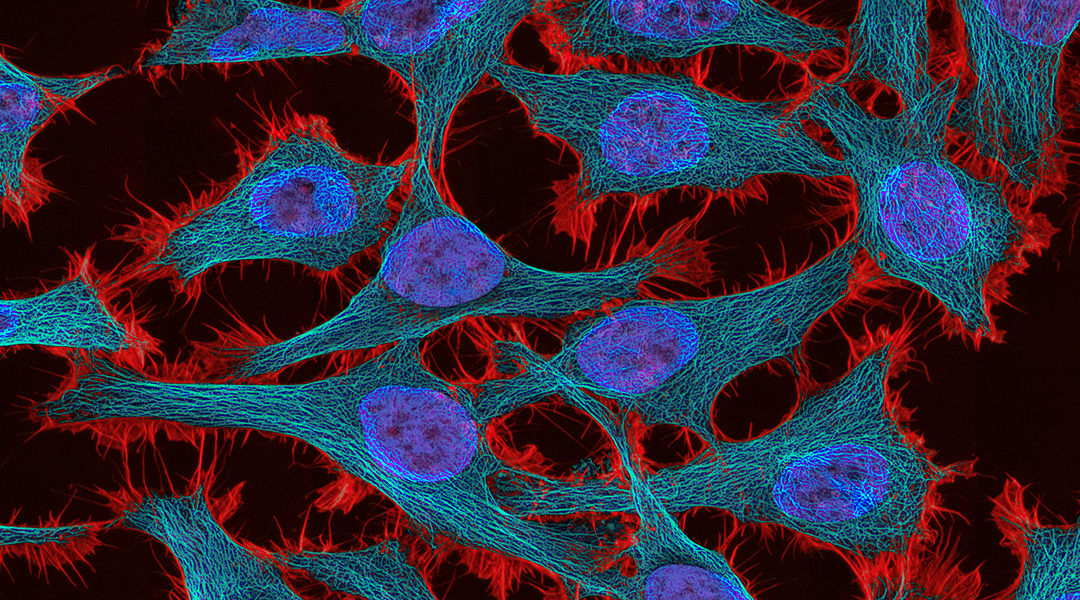
Blocking key protein halts spread of cervical cancer tumors
New findings shed light on how cervical cancer spreads to the lymph nodes, opening the door for treatments that could stop the process.

Devin Swiner: “At the heart of what I do, I want my science to help people”
The up-and-coming analytical chemist talks social media, engaging the next generation of women in STEM, and her journey through a Ph.D.

Anonymous name change policies for a more inclusive publishing world
Following the tireless efforts of researchers and scholars, name change policies are becoming more prominent among scientific publishers, sparking hope for meaningful change.

Bin Liu: “Turn whatever you are dreaming about into reality”
The unconventional chemist talks innovations in material science, putting science to work to help solve societal problems, and how to see the best in everything.
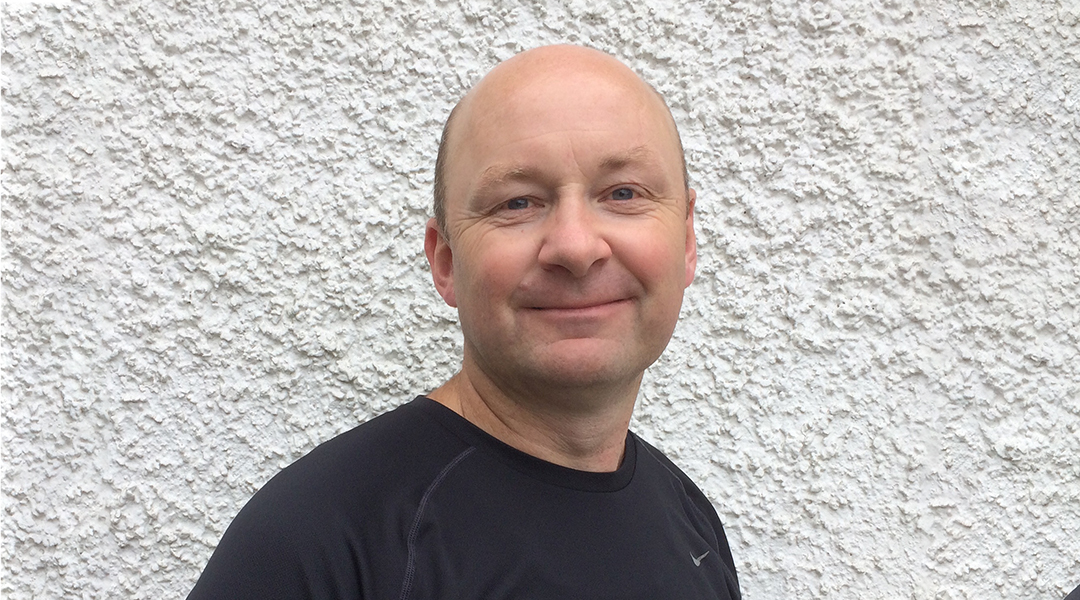
Paul Meredith: “I’ve never seen what I do as work”
The Swansea-based materials physicist talks about the role of energy materials in mitigating climate change, his love of sports, and how his passion for science helps it to blend seamlessly into his life.
No Results Found
The page you requested could not be found. Try refining your search, or use the navigation above to locate the post.
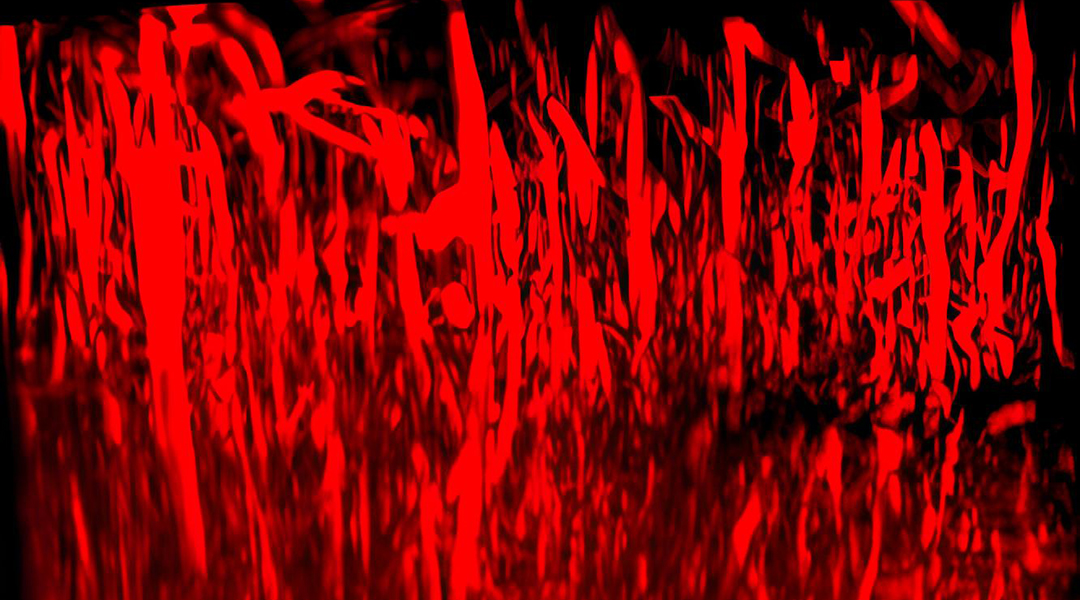
Injectable hydrogel helps regrow blood vessels after a stroke
A hydrogel delivers therapeutic molecules to the brain after a stroke, promoting blood vessel regrowth and aiding recovery.
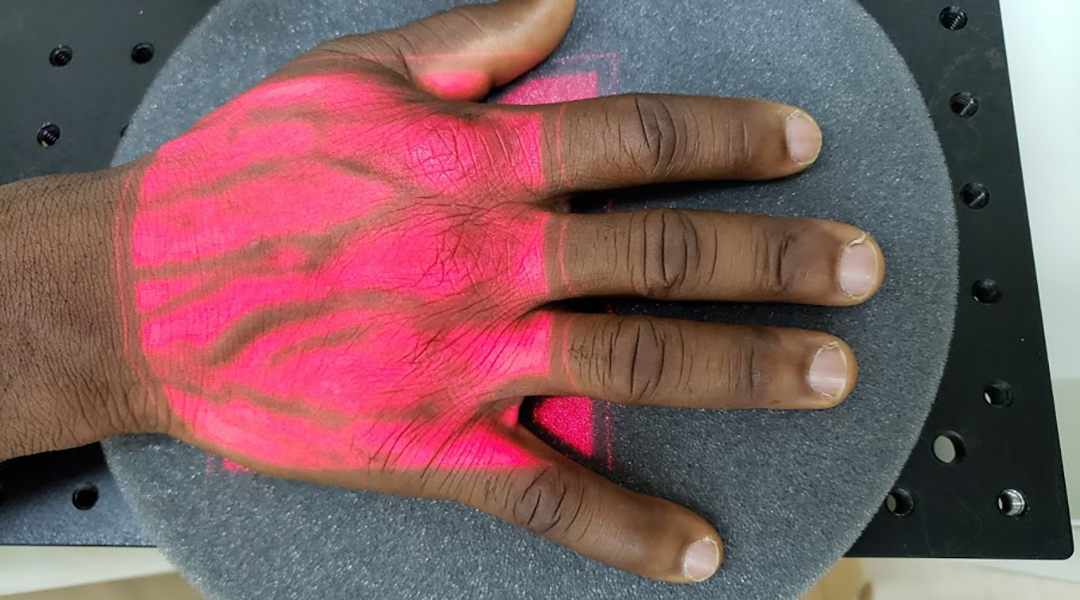
New malaria test “listens” to cells to make diagnosis
A non-invasive test uses a combination of lasers and ultrasound to detect red blood cells infected with malaria parasites with acoustics.
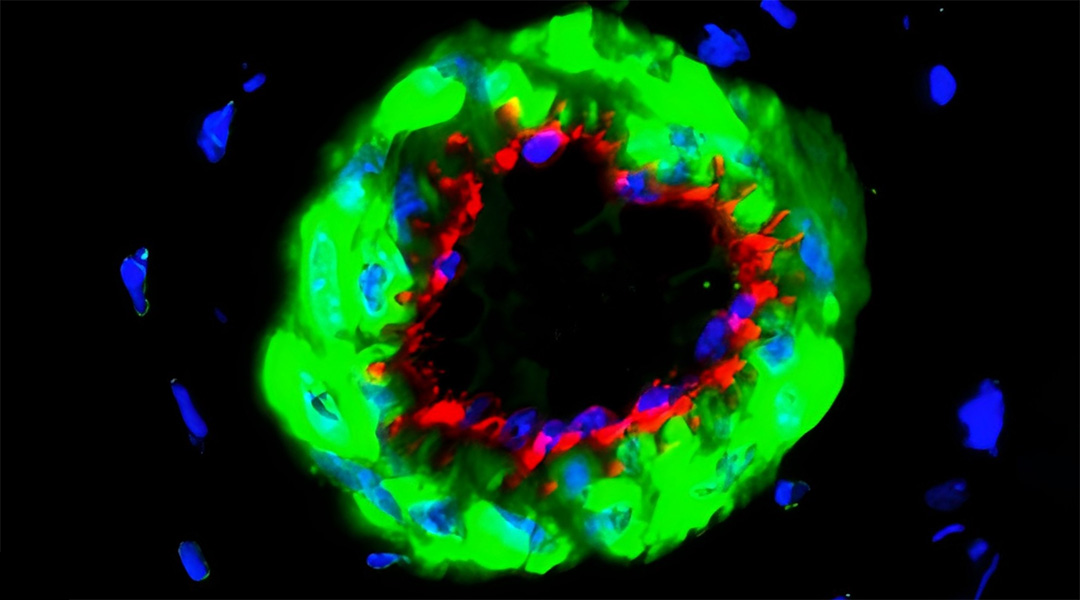
Tiny vesicles could help prevent amputations in diabetic patients
This safer, non-surgical treatment for diabetic limb ischemia could help patients with severe blood flow complications.
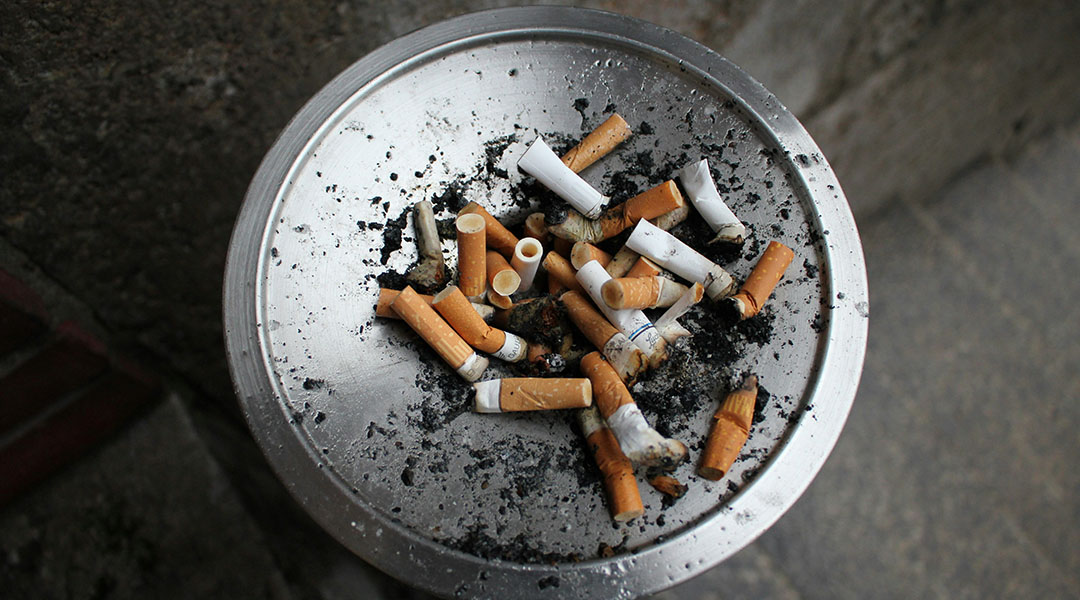
Parkinson’s drug helps alleviate nicotine withdrawal symptoms
Researchers discover that a Parkinson’s drug, procyclidine, can reduce physical nicotine withdrawal symptoms, such as tremors and immobility.

Newly discovered quantum object could usher in new era of technology
Once relegated to theory, a newly discovered quantum object could be used to create new devices that will outpace modern electronics.

Quantum entanglement allows scientists to track time more accurately
Scientists have built atomic clocks with unprecedented levels of precision by harnessing quantum entanglement.
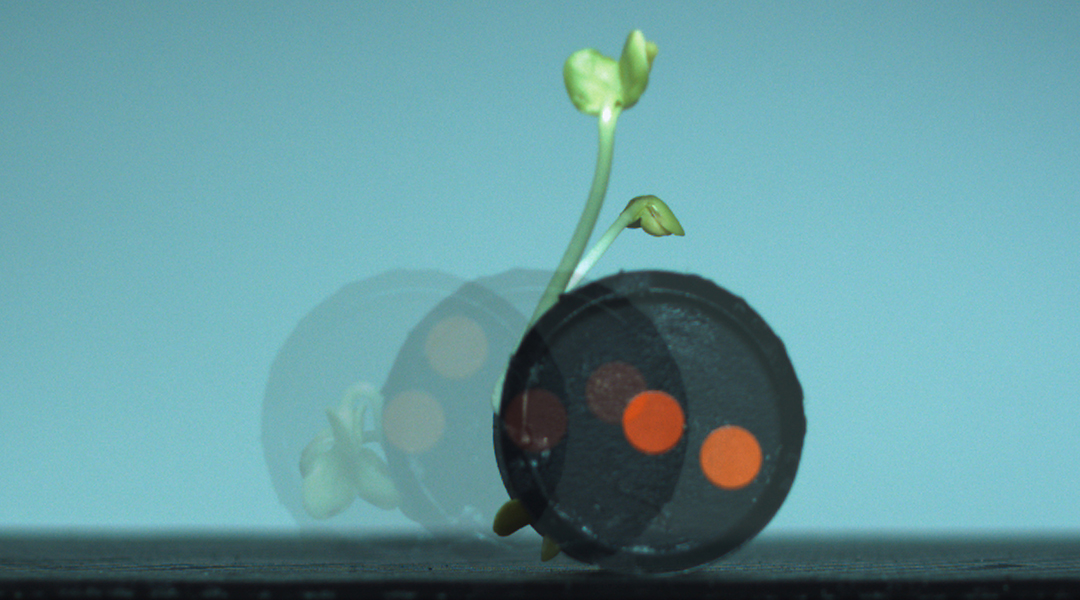
A robot made from radish sprouts and the rise of plant-based machines
Radish sprouts power a new wave of eco-friendly robots that move, grow, and could even be eaten after their work is done.
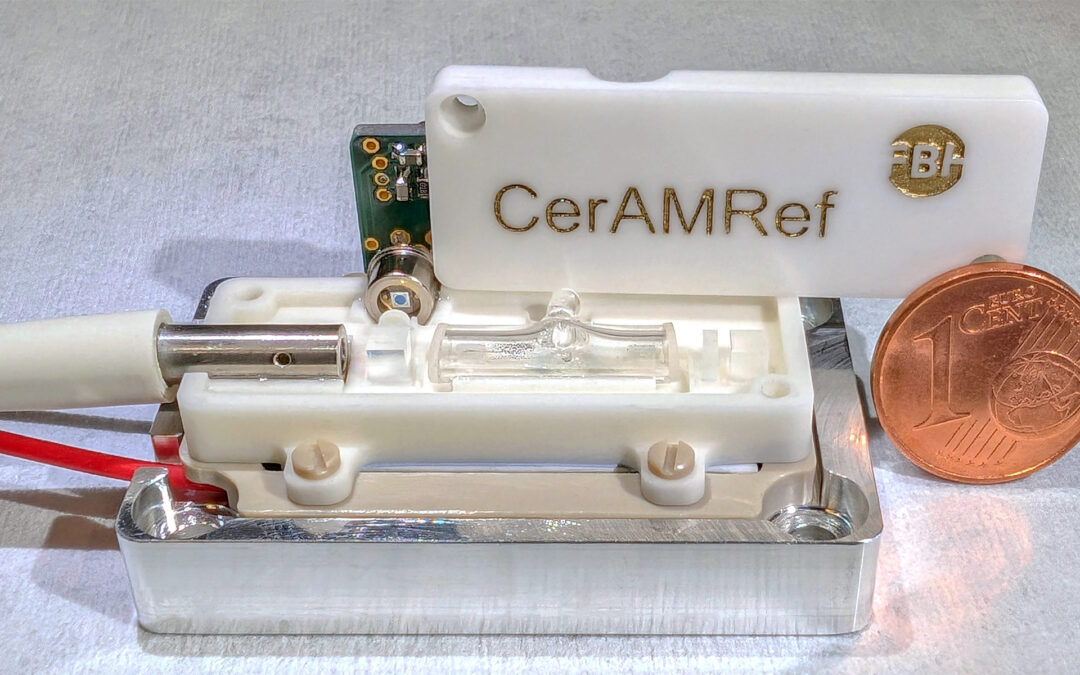
3D-printed ceramics bring quantum tech one step closer to the reality
3D-printed ceramics enable smaller, more stable quantum devices for applications in quantum computing, sensing, and communications.
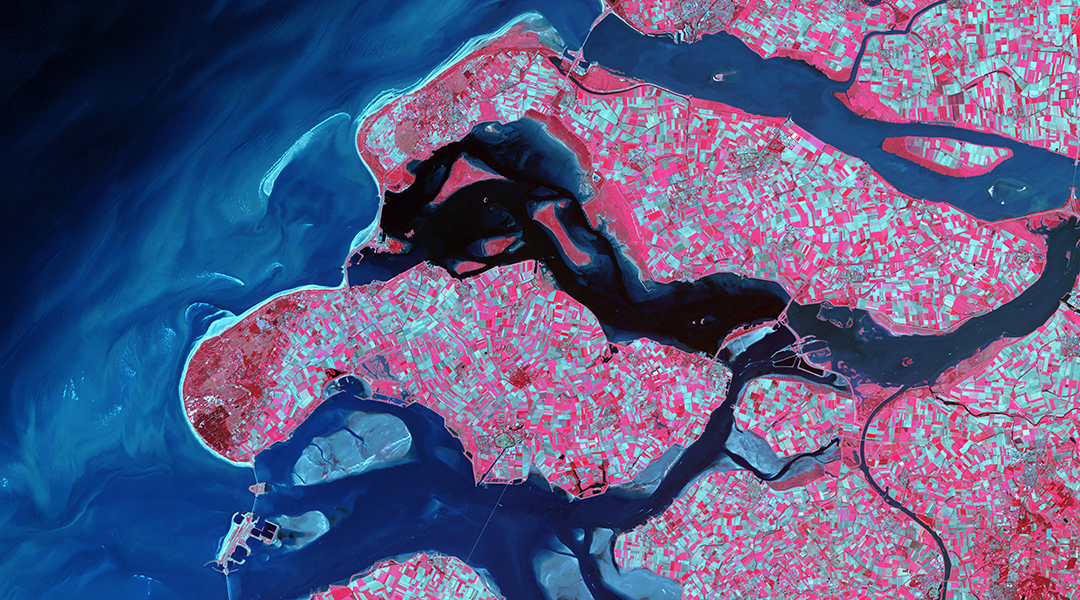
Improving satellite tracking will reveal hidden sources of global carbon emissions
Greenhouse gas emissions are warming up the planet and scientists are turning their eyes to the sky to better track them down.
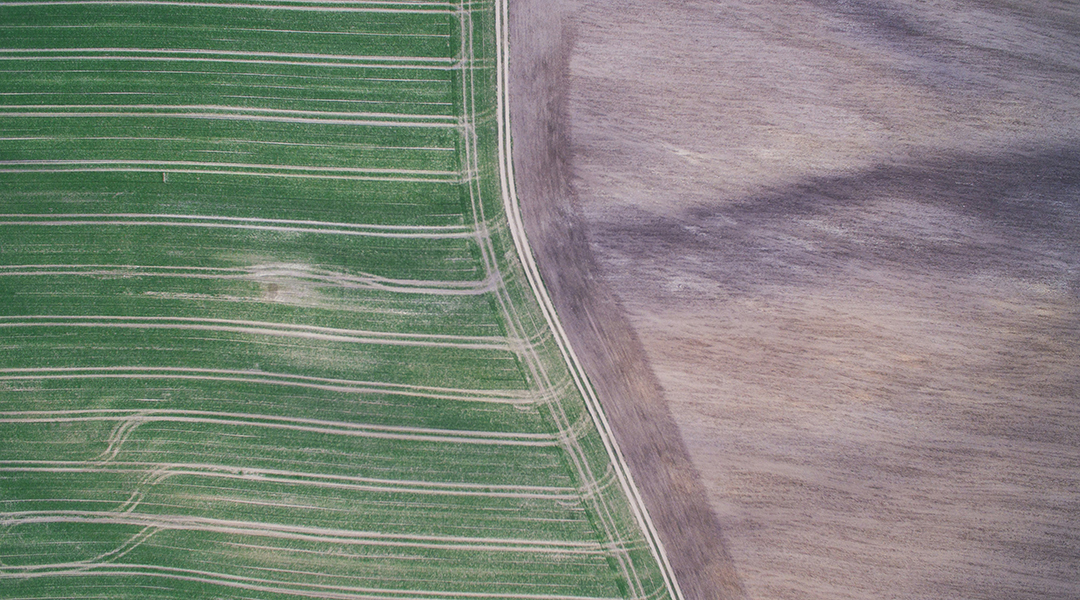
Modern crop seeds are not ready for climate change
Traditional means farmers used to use for seed selection and preservation may help us cultivate more resilient food in a changing climate.

Nanoparticles disrupt placenta, potentially affecting fetal development
Nanoparticles disrupted the placenta’s secretion of biomolecules essential for blood vessel growth, hormone production, and immune function.

The rate of human-driven global warming is at a record high
Global warming caused by human action has continued to increase, even though climate action has slowed the rise in greenhouse gas emissions.

Could dark matter particles be colliding?
New research on dwarf galaxies challenges the idea that dark matter is collisionless, suggesting it may interact in unexpected ways

Glimmers in the cosmic dawn: New observations challenge theory of supermassive black hole formation
Hubble’s deep near-infrared campaign reveals more supermassive black holes in the early universe than previously expected.

Gigantic cosmic strings may have spawned supermassive black holes and galaxies
Scientists theorize that cosmic strings interacting with dense matter in the early universe provided the seeds for galaxies and black holes.

A Big Ring in the sky challenges modern cosmology
The discovery of colossal structures like the Big Ring is reshaping established theories about the physics of the Universe.
